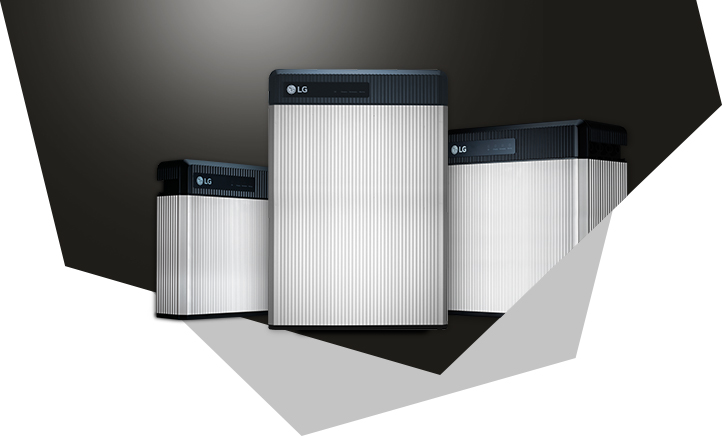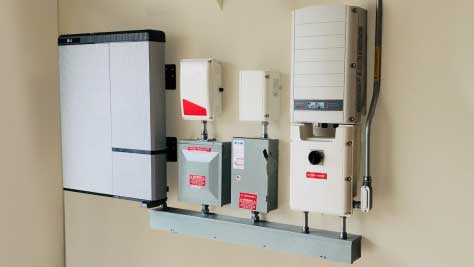3 Reasons Why You Should Get Battery Backup with Your Solar Energy System in California
Home energy storage prices have fallen significantly in recent years and residential solar battery options are better than they have ever been, causing more and more people to consider solar-plus-storage systems for their homes.
Although adding a battery to your solar setup is an extra cost up front, there are several benefits that come along with having home energy storage.
Here’s why you should consider a battery to go along with your solar energy system in California:
Reason #1: You’ll save even more with solar

In California, most homeowners are subject to what is known as Net Metering 2.0, or NEM 2.0 for short. Under this policy, homeowners with a solar energy system are connected to the electric grid and pay about $0.02 for every kilowatt-hour of energy that they send to the grid. Each month, the kilowatt-hours the homeowner produced and used are netted, and if they used more than they produced at the end of the year, they’ll be required to pay the balance.
Under NEM 2.0, homeowners in California also agree to time-of-use billing, which means they will pay more for electricity during peak hours and less during off-peak hours. Peak hours happen when demand for electricity is high, typically in the late afternoon and evening, while off-peak hours usually happen during the daytime when electricity demand is lower.
However, solar panels are generally most productive at generating energy during off-peak hours when it is cheaper to draw power from the grid and not as productive during peak hours when it is more expensive to draw power from the grid. This means that during the day, your solar panels alone will likely be covering your energy needs and probably even sending excess power to the grid, but during the evening and night, the panels are no longer producing, so you’ll be pulling energy back from the grid to cover your energy needs at the higher peak hour rate.
Having a solar battery can help solve this problem and save you money because during the day when your panels are producing more energy than you’re using, that extra power is stored in the battery rather than sent to the electric grid. Then later in the day or at night, you’ll be able to use the energy stored in your battery for free rather than having to pull from the grid at a more expensive rate. Additionally, you’ll avoid those fees that are charged to feed energy to the grid.
Reason #2: You’ll have access to backup power
All grid-tied solar energy systems are installed with an automatic shutoff switch that turns off the solar system during a power outage. This is done as a safety precaution to protect you, your neighbors, and the utility workers from the harm that would be incurred by touching a live wire. However, this means that with a standard solar energy system, you will still lose power when the grid goes down.
On the other hand, when you add a battery to your solar energy system, your solar system and battery will be wired independent of the grid. This means that you can have the peace of mind that in the event of a power blackout, your home will be able to run off of the energy stored in the battery without posing any danger to yourself, your neighbors, or utility employees.
Reason #3: You’ll be able to take advantage of additional incentives

Because California has long been a leader in the clean energy revolution and has by far the largest base of installed solar in the country, many of the state’s solar rebates and tax credits have unfortunately been exhausted.
However, the Federal Solar Investment Tax Credit, or ITC, is still up for grabs and can be applied to home solar systems and batteries installed together, as well as to batteries added to a home solar system later on as long as the battery will be exclusively charged by solar. Until the end of 2019, the ITC covers 30 percent of the total cost of the solar-plus-storage system or the battery.
In addition to the ITC, California residents can take advantage of an additional energy storage incentive through the Self Generation Incentive Program, or SGIP, which provides rebates that take money directly off the cost of a home energy storage installation less than or equal to 10 kilowatts in size. Rebates are awarded on a dollars-per-watt-hour basis.
These incentives are going quickly, but as of January 2019, SDG&E customers who purchase a solar battery are eligible for a rebate of $0.30 per watt-hour, while SCE and PG&E customers are still eligible for a rebate of $0.40 per watt-hour.
Guest-Post Author Bio: Sarah Hancock is passionate about green living and sustainability. She frequently writes about renewable energy and manages the Solar blog at BestCompany.com.

